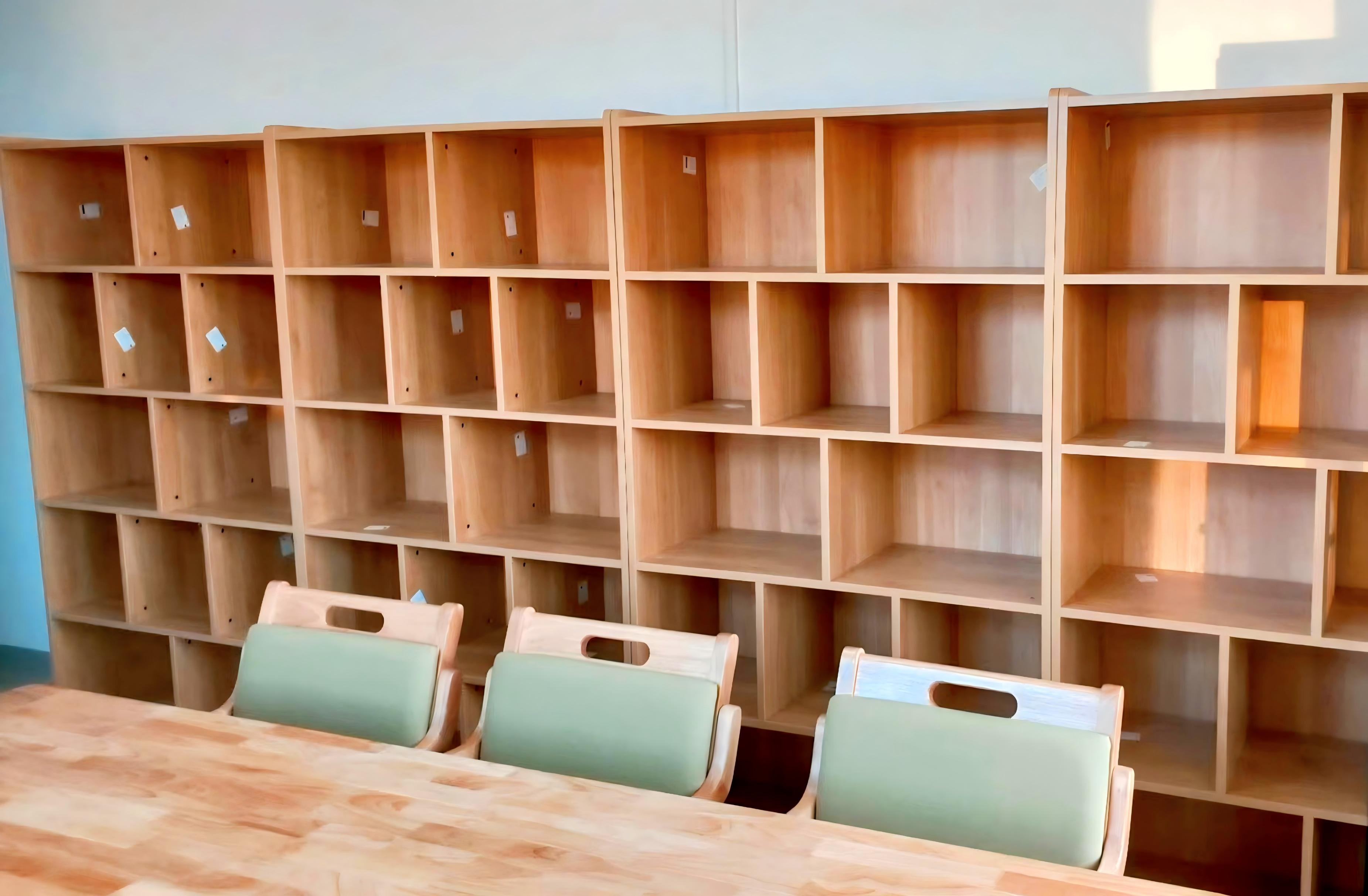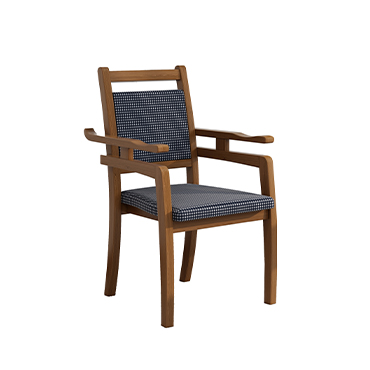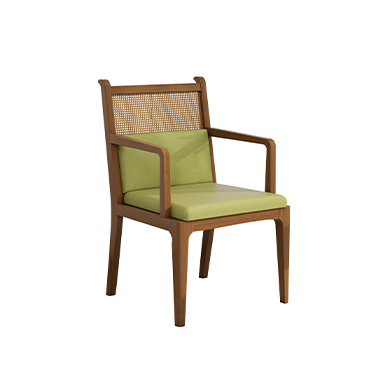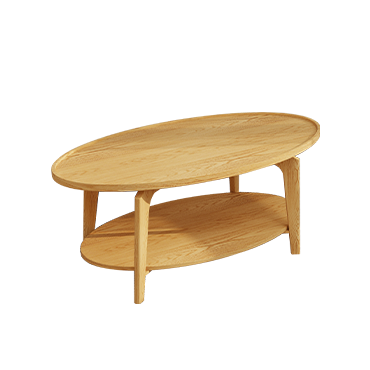Recommended Materials for Senior-Friendly Furniture: Analysis and Guide
When choosing senior-friendly furniture, the material plays a key role in ensuring safety, durability, and comfort. The right choice of material can improve the daily living experience for the elderly and support aging-friendly furniture design. Here is a detailed guide to the most recommended materials:
I. Solid Wood (Top Recommendation)
1.Beech Wood
Features: Fine texture, clear grain, medium hardness, stable after drying, easy to process.
Advantages: Balanced in cost and practicality, ideal for beds, wardrobes, and other large furniture. Meets elderly users’ preference for traditional solid wood.
Note: Select boards with 8%-12% moisture content to prevent cracking.
2.Walnut Wood
Features: Hard, tough, wear-resistant, rich natural color and luster.
Advantages: Excellent durability and shaping ability, suitable for carved details. Adds premium texture for elderly furniture recommendations.
Note: Relatively expensive; avoid prolonged direct sunlight to prevent fading.
3.Oak
Features: Straight grain, elegant appearance, high density, strong bending resistance.
Advantages: Perfect for weight-bearing furniture such as dining tables and chairs. Stable after proper dehydration.
Note: Choose from reliable suppliers to avoid deformation caused by poor drying.
4.Camphor Wood
Features: Strong texture with natural fragrance, naturally insect- and mold-resistant.
Advantages: Suitable for wardrobes and storage cabinets, protecting clothes and books from pests.
Note: Strong scent may not be suitable for those sensitive to smells.
5.Teak
Features: Rich in natural oil, resistant to moisture, termites, and corrosion.
Advantages: Ideal for humid climates, suitable for nursing beds and sofas.
Note: Coarse texture and prone to discoloration; requires regular maintenance.
6.Elm Wood
Features: Distinct grain, strong mechanical properties, moisture and corrosion resistance.
Advantages: Suitable for carved, traditional-style furniture, popular in nursing home furniture selection.
Note: Pay attention to color differences between heartwood and sapwood.
II. Bamboo (Eco-Friendly & Practical)
Features: Natural, renewable, short growth cycle, environmentally friendly.
Advantages:
Moisture- and insect-resistant, suitable for bathroom cabinets and shelves.
Comfortable touch, warm in winter and cool in summer, perfect for tables and chairs.
Note: Choose mold-resistant grade 0 products to avoid water damage.
III. Rattan (Comfortable & Breathable)
Features: Naturally breathable and elastic.
Advantages:
Provides comfort and pressure relief, improves blood circulation.
Ideal for rocking chairs and leisure chairs with cushioned headrests.
Note: Requires regular cleaning to avoid dust buildup.
IV. Cork (Anti-Slip & Cushioning)
Features: Micro-porous surface with excellent anti-slip performance (wet friction ≥0.6).
Advantages:
Increases safety by reducing fall risks, ideal for flooring in senior homes.
Provides noise reduction (18–20 dB) and thermal insulation, beneficial for arthritis patients.
Note: Best thickness is 4–6mm composite cork; thinner boards wear out faster.
V. Medical-Grade Materials (Functional Use)
1.Medical PVC Panels
Features: Antibacterial rate ≥99%, easy to clean.
Advantages: Reduce cross-infection risks, suitable for healthcare and nursing areas.
2.Bamboo-Wood Fiberboard
Features: Grade 0 mold resistance, moisture-proof.
Advantages: Maintains shape in humid conditions, ideal for bathroom cabinets and storage units.
✅ Conclusion:
When choosing aging-friendly furniture materials, prioritize safety, stability, and comfort. Solid wood remains the best choice for most elderly furniture, while bamboo, rattan, cork, and medical-grade boards can serve as functional supplements. The right selection ensures a safer and more comfortable living environment, whether at home or in a nursing home furniture setting.





